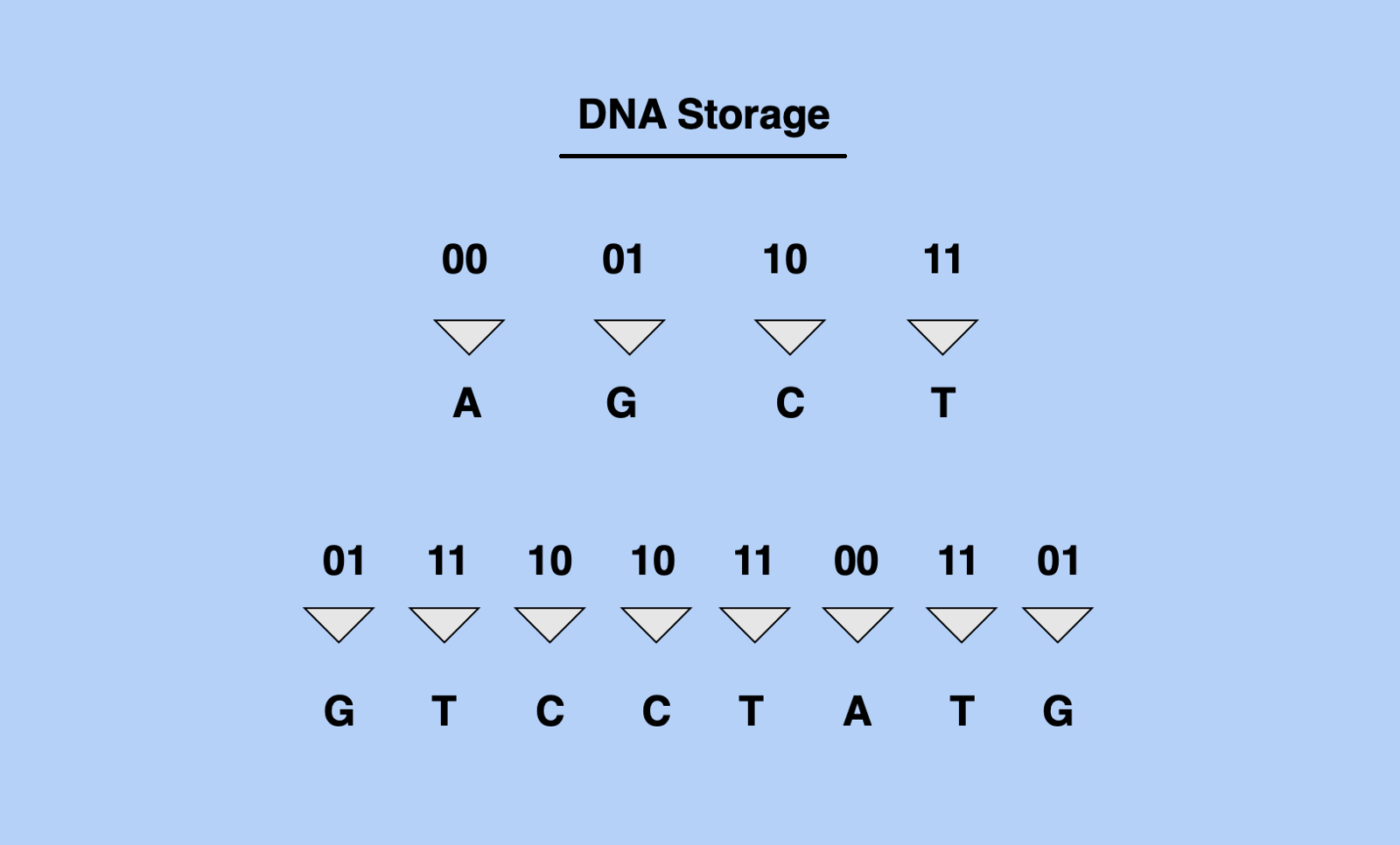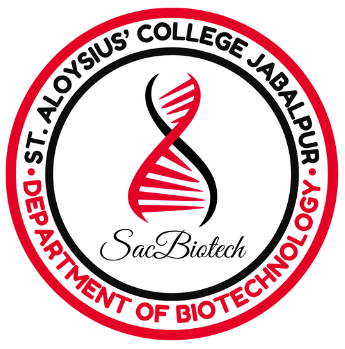It is well known that deoxyribonucleic acid (DNA) stores our genetic information. However, an increasing number of scientists and futurists are recognizing the potential of DNA to store non-genetic information.
DNA
DNA is found in almost every cell in the human body. It stores biological information, such as eye color, hair color and skin tone. The genetic data contained in DNA serves as a blueprint for each cell to perform its functions. So, DNA essentially ‘programs’ the human body.
DNA is made up of four base components: Adenine, Guanine, Cytosine and Thymine (known as AGCT). From these four bases, DNA forms groups of three nucleotides (known as codons). A codon is the unit that gives our cells instructions on protein formation.
DNA as non-genetic storer
The 144 words of Robert Frost’s seminal poem “The Road Not Taken” fit neatly onto a single printed page. Or in a 1-kilobyte data file. Or, in Hyunjun Park’s hands, in a few drops of water at the bottom of a pink Eppendorf tube. Well, really what’s inside the water: invisible floating strands of DNA. Scientists have long touted DNA’s potential as an ideal storage medium; it’s dense, easy to replicate, and stable over millennia. And in the past few years, researchers have encoded all kinds of things in those strings of As, Ts, Cs, and Gs.
Data can be stored in the sequence of these letters, turning DNA into a new form of information technology. It is already routinely sequenced (read), synthesized (written to) and accurately copied with ease. DNA is also incredibly stable, as has been demonstrated by the complete genome sequencing of a fossil horse that lived more than 500,000 years ago. And storing it does not require much energy.
But it is the storage capacity that shines. DNA can accurately stow massive amounts of data at a density far exceeding that of electronic devices. The simple bacterium Escherichia coli, for instance, has a storage density of about 1019 bits per cubic centimeter, according to calculations published in 2016 in Nature Materials by George Church of Harvard University and his colleagues. At that density, all the world’s current storage needs for a year could be well met by a cube of DNA measuring about one meter on a side.
Is it really working?
Although DNA data storage became a popular topic in the 21st century, it is not a modern-day idea. Its origins date back to 1964-65 when Mikhail Samoilovich Neiman, a Soviet physicist, published his 3 works in the journal Radiotekhika, where he wrote about general considerations regarding the possibility of recording, storage, and retrieval of information on DNA molecules. After the first M.S. Neiman’s publication on ideas about DNA storage Radiotekhnika, 1964, No. 1, pp. 3-12 and after sending to the journal his second paper about DNA storage [manuscript was received by editor on January, the 8th, 1964, as indicated in the publication Radiotekhnika,1965, No. 1, pp. 1-9]. The translation of interview with cybernetic Norbert Wiener was published in Soviet weekly newspaper «Nedelya» (1964, №13 (213)), where he expressed ideas close to the ideas independently proposed by M.S. Neiman in his publications. About N. Wiener’s interview M.S. Neiman wrote in third of his articles about DNA storage.
In June 2019, scientists reported that all 16 GB of Wikipedia have been encoded into synthetic DNA.
The prospect of DNA data storage is not merely theoretical. In 2017, for instance, Church’s group at Harvard adopted CRISPR DNA-editing technology to record images of a human hand into the genome of E. coli, which were read out with higher than 90 percent accuracy. And researchers at the University of Washington and Microsoft Research have developed a fully automated system for writing, storing and reading data encoded in DNA. A number of companies, including Microsoft and Twist Bioscience, are working to advance DNA-storage technology.
How to Store Non-Genetic Information in DNA
Our information technology infrastructure is based on the storage of information in bits (which are made up of two digits: 0s and 1s), whereas DNA information is stored in strings of four potential base units. For example:
Bits (1001100111)
DNA Sequence (AGTCATGAC)
So, to store non-genetic information in DNA, we must first translate binary data from bits to the four unit (AGCT) structure of DNA data.
While this is not difficult theoretically, it presents some complications in practice.

Drawbacks of Synthetic DNA Data Storage
The major drawbacks of synthetic DNA storage include prohibitive costs and access time. While it currently costs a lot to store data in DNA form, this cost can be expected to drop precipitously as the technology evolves. It currently takes hours to input and retrieve data from DNA, rendering it impractical for most real-time applications. Scientists are working on reducing this access time.
Video Link:
References:
https://hackernoon.com/dna-data-storage-d0f0e93513b
https://www.wired.com/story/the-rise-of-dna-data-storage/?verso=true
https://www.scientificamerican.com/article/dna-data-storage-is-closer-than-you-think/
Further Reading
1). George M. Church, Yuan Gao, Sriram Kosuri. Next-Generation Digital Information Storage in DNA. Science;2012;337(6102).
2). S. M. Hossein Tabatabaei Yazdi, Yongbo Yuan, Jian Ma, Huimin Zhao, Olgica Milenkovic. A Rewritable, Random-Access DNA-Based Storage System. Scientific Reports – Nature. 2015.
Compiled by: Enosh Phillips
